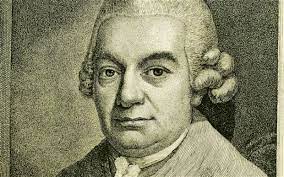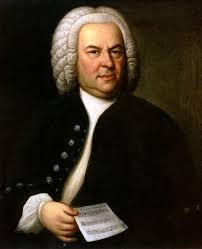The Toccata and Fugue in D minor, BWV 565, stands as one of the most recognizable and celebrated compositions in Western classical music. Composed by Johann Sebastian Bach, this piece, with its dramatic and bold opening, has become synonymous with Gothic ambiance and is frequently featured in films, particularly in scenes of horror or suspense. But beyond its fame and modern adaptations lies a rich history of mystery, virtuosity, and a testament to Bach’s genius.
Origins and Authorship
The exact date of composition remains unknown, as does the original manuscript. Scholars estimate that Bach composed the piece between 1704 and 1708, when he was in his early twenties, possibly during his tenure as a court organist in Arnstadt, Germany. However, some music historians argue that it may have been composed later. The absence of the original score has also fueled debates regarding its authenticity, with some suggesting that it could have been transcribed or adapted by later musicians.
Understanding Toccata and Fugue
The piece is divided into two distinct sections: the Toccata and the Fugue.
- Toccata: This part serves as an improvisatory and virtuosic introduction. The word “toccata” originates from the Italian verb toccare, meaning “to touch,” referring to the skilled and expressive manner in which the keys are played. Bach’s toccata begins with a bold flourish, using fast arpeggios and dynamic shifts that immediately capture the listener’s attention. It showcases the performer’s dexterity, giving the piece an air of spontaneity.
- Fugue: Following the Toccata, the composition transitions into the Fugue—a highly structured and intricate form of music where a single theme (or subject) is introduced and then developed in interwoven parts. Bach, known for his mastery of counterpoint, constructs a fugue with rhythmic complexity and harmonic depth, creating a mesmerizing and engaging soundscape.
Manuscript and Rediscovery
The first known manuscript of the Toccata and Fugue in D minor appeared over a century after Bach’s death, in 1833, in a collection of works by a scholar named Carl Czerny. It wasn’t until the early 20th century, however, that the piece gained widespread recognition. In 1900, German musicologist Albert Schweitzer praised the composition, and in 1909, the pioneering conductor and organist Karl Straube included it in his performances. This revival, combined with early recordings, led to its surge in popularity.
The Debate Around Authenticity
While Toccata and Fugue in D minor is widely associated with Bach, the lack of the original manuscript and stylistic anomalies within the piece have led some scholars to question whether Bach was indeed the composer. Features such as the lack of ornamentation and the uncharacteristically simplified style for Bach’s organ works have sparked debate. Some theorists suggest that it could have been written by one of Bach’s students or contemporaries and attributed to him later.
Despite the debate, modern musicologists continue to credit Bach as the most likely author, citing the piece’s complexity and unique structure, which align closely with his other works. The lack of ornamentation and simplified elements, rather than detracting from the piece, may highlight its experimental nature—a bold move for a young Bach exploring new forms and sounds.
A Lasting Influence and Modern Adaptations
The Toccata and Fugue in D minor has transcended its original context, firmly establishing itself within popular culture. It has been used in countless films, including classic horror films like Dr. Jekyll and Mr. Hyde (1931) and The Phantom of the Opera (1962), where its dramatic opening became shorthand for foreboding atmospheres. The piece is also a mainstay in Halloween-themed performances and events, adding an element of thrill and intrigue.
Beyond films, the piece has been adapted in multiple genres, from rock and jazz to electronic music. Its fame has inspired numerous re-imaginings by artists across various media, further cementing its position as one of the most beloved classical compositions.
Legacy of Bach’s Masterpiece
Whether composed entirely by Bach or simply attributed to him, the Toccata and Fugue in D minor remains a pillar of Western classical music and a testament to Bach’s enduring legacy. Its haunting melodies and intricate structure captivate audiences across generations, showcasing the timeless appeal of Bach’s work and the power of music to transcend time, culture, and genre.


Comments are closed